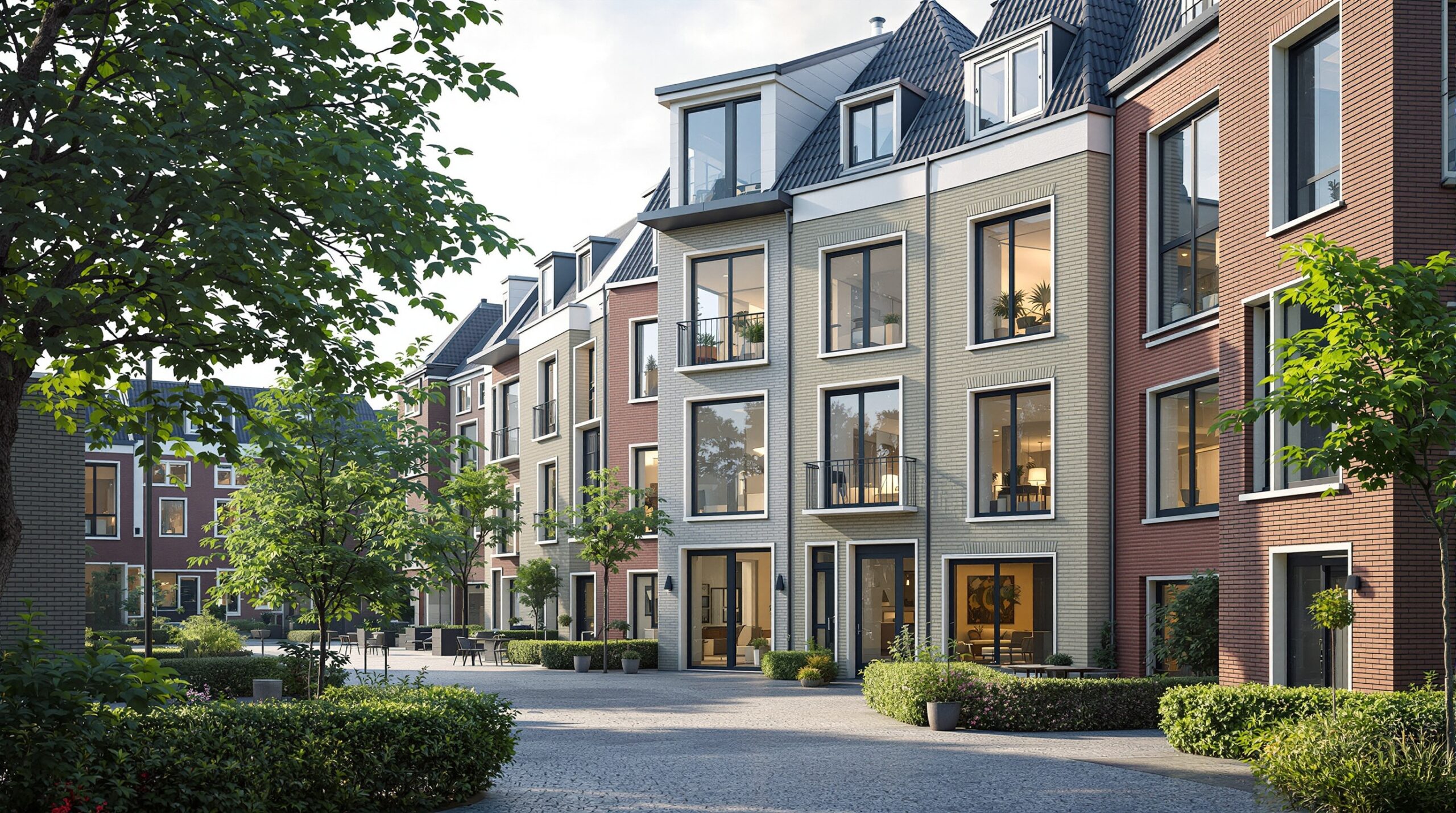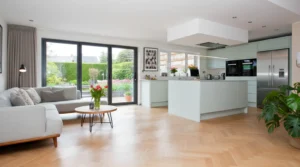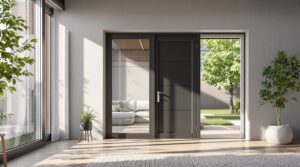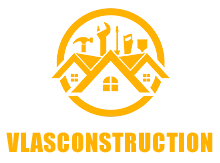Dutch Building Codes: Navigating Regulations for Windows and Doors
When it comes to building or renovating a house in the Netherlands, understanding the local building codes and regulations is essential to ensure compliance and avoid costly fines or even project termination. One critical aspect of building construction that requires attention to these regulations is the installation of windows and doors. In this article, we will delve into the specifics of Dutch window and door regulations, providing you with a comprehensive guide to navigate the complex landscape of Netherlands building codes.
Basic Concepts: Understanding Dutch Building Regulations
Before diving into the specifics of window and door installations, it’s crucial to have a solid grasp of the basic concepts and terms associated with Dutch building regulations. The Netherlands has a robust set of rules and standards aimed at ensuring the safety, energy efficiency, and sustainability of buildings. These regulations are enforced by local authorities and are subject to change, so staying updated is vital for homeowners, builders, and contractors alike.
Key Terms and Concepts
Understanding key terms such as “Bouwbesluit” (the Dutch Building Decree), “NEN” (the Dutch standardization institute), and “EPBD” (Energy Performance of Buildings Directive) is fundamental. The Bouwbesluit outlines the basic requirements for building safety, health, and the environment, including energy efficiency standards. NEN standards provide detailed specifications for various aspects of building construction, including windows and doors. The EPBD focuses on reducing energy consumption in buildings, influencing window and door insulation standards.
Sections of the Article: Navigating Regulations
This article is structured to guide you through the process of understanding and complying with Dutch building codes for windows and doors. Below are the key sections that will be covered:
- Introduction to Dutch Window and Door Regulations
- Understanding Compliance for Window Installations in the Netherlands
- Door Installation Standards in the Netherlands
- Practical Tips for Navigating Dutch Construction Laws
- Conclusion and Future Directions in Dutch Building Codes
Introduction to Dutch Window and Door Regulations
Dutch regulations for windows and doors are designed with safety, energy efficiency, and environmental considerations in mind. Windows and doors must meet specific standards for insulation, air leakage, and in some cases, noise reduction. For instance, new buildings and renovations are subject to stringent energy performance norms, which affect the choice and installation of windows and doors.
Understanding Compliance for Window Installations in the Netherlands
Compliance with window installation regulations involves several key considerations:
- Energy Efficiency: Windows must meet specific U-values (thermal transmittance) and have a minimum energy performance label. The U-value indicates how easily heat can escape through the window.
- Safety: Including the strength of the glass and the presence of safety features such as limiters on windows to prevent them from opening too wide.
- Materials and Sustainability: The use of sustainable materials and the recyclability of the window frames are also considered.
Door Installation Standards in the Netherlands
Door installation standards in the Netherlands also focus on energy efficiency, safety, and accessibility. External doors, for example, have to meet specific insulation requirements to prevent heat loss, while internal doors may need to comply with fire-resistant standards, especially in multi-story buildings.
Additionally, doors must be accessible and usable for everyone, including those with disabilities, adhering to specific dimensions and operational standards.
Practical Tips for Navigating Dutch Construction Laws
To ensure compliance with Dutch building codes for windows and doors, consider the following practical tips:
- Always consult with local authorities or a professional before starting your project to understand the latest regulations.
- Choose materials and products that are certified to meet Dutch standards.
- Ensure that your contractor or builder is aware of and complies with all relevant regulations.
- Keep detailed records of your project, including certifications, invoices, and before/after photos, as these may be required for inspections or future reference.
Conclusion: Summarizing the Results
Navigating the complex landscape of Dutch building codes for windows and doors requires a comprehensive understanding of the regulations and standards in place. By grasping the key concepts, understanding the specific requirements for window and door installations, and following practical tips for compliance, homeowners and builders can ensure their projects meet the necessary standards. Staying informed and up-to-date with the latest developments in Dutch construction laws is crucial for successful and compliant building projects in the Netherlands.
Remember, compliance is not just about avoiding fines; it’s also about creating safe, energy-efficient, and sustainable living spaces that contribute to the well-being of occupants and the environment.








